Váš košík zeje prázdnotou
Máte již u nás účet? Přihlásit se Pro rychlejší objednávku
Máte již u nás účet? Přihlásit se Pro rychlejší objednávku

Playing with colors and other materials such as water, sand, pebbles, modeling clay, shaving foam, bubbles and more.

Activities that are an important part of children's healthy development and help develop imagination, individual senses, pre-math skills and speech.

Painting and printing with tempera, watercolor, food colors, drawing with chalks, crayons...

Researching, pouring different materials and working with utensils.

Five different stations with a prepared activity, developing the ability to understand the assignment.

Relaxed atmosphere, monitoring children's creation and execution between individual phases.
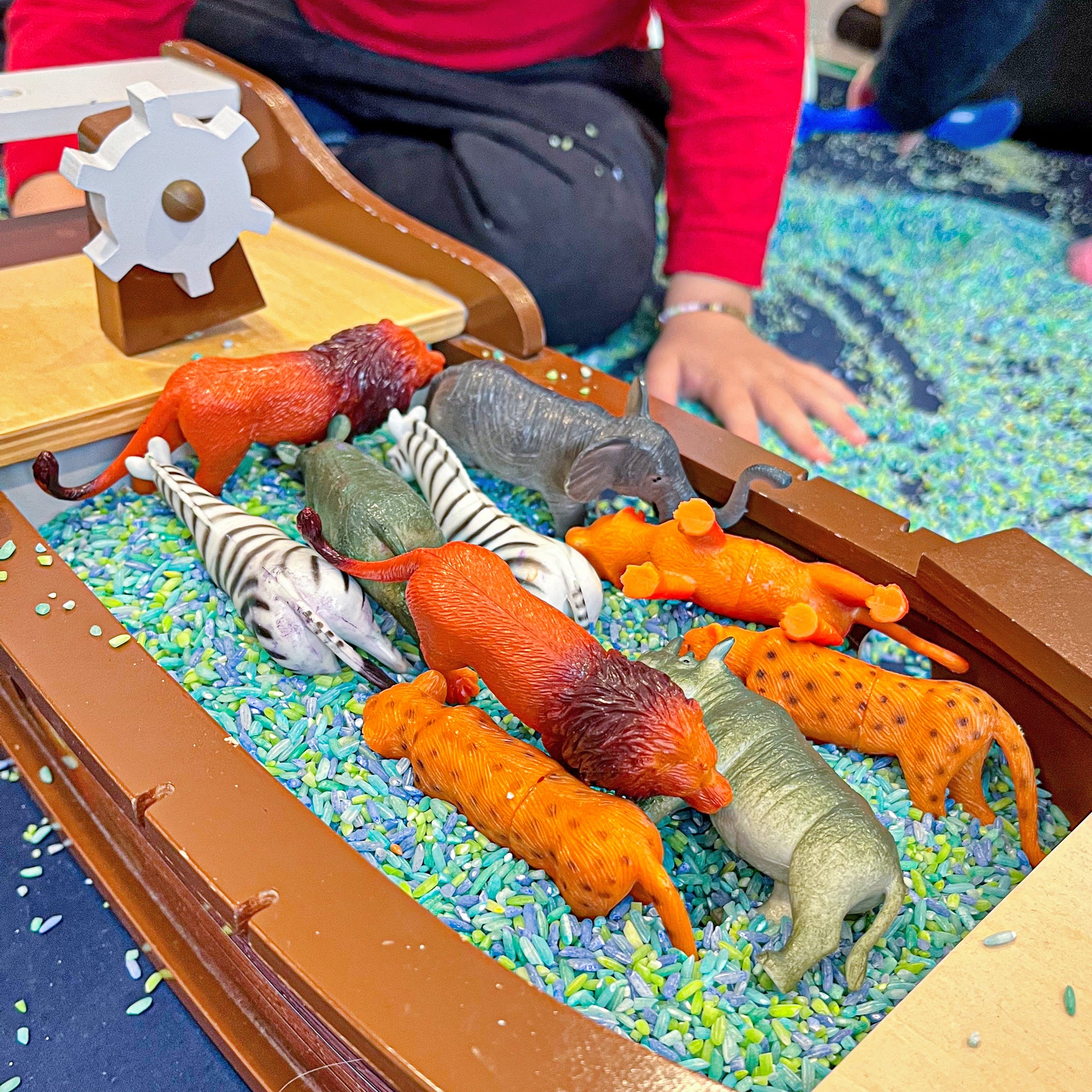
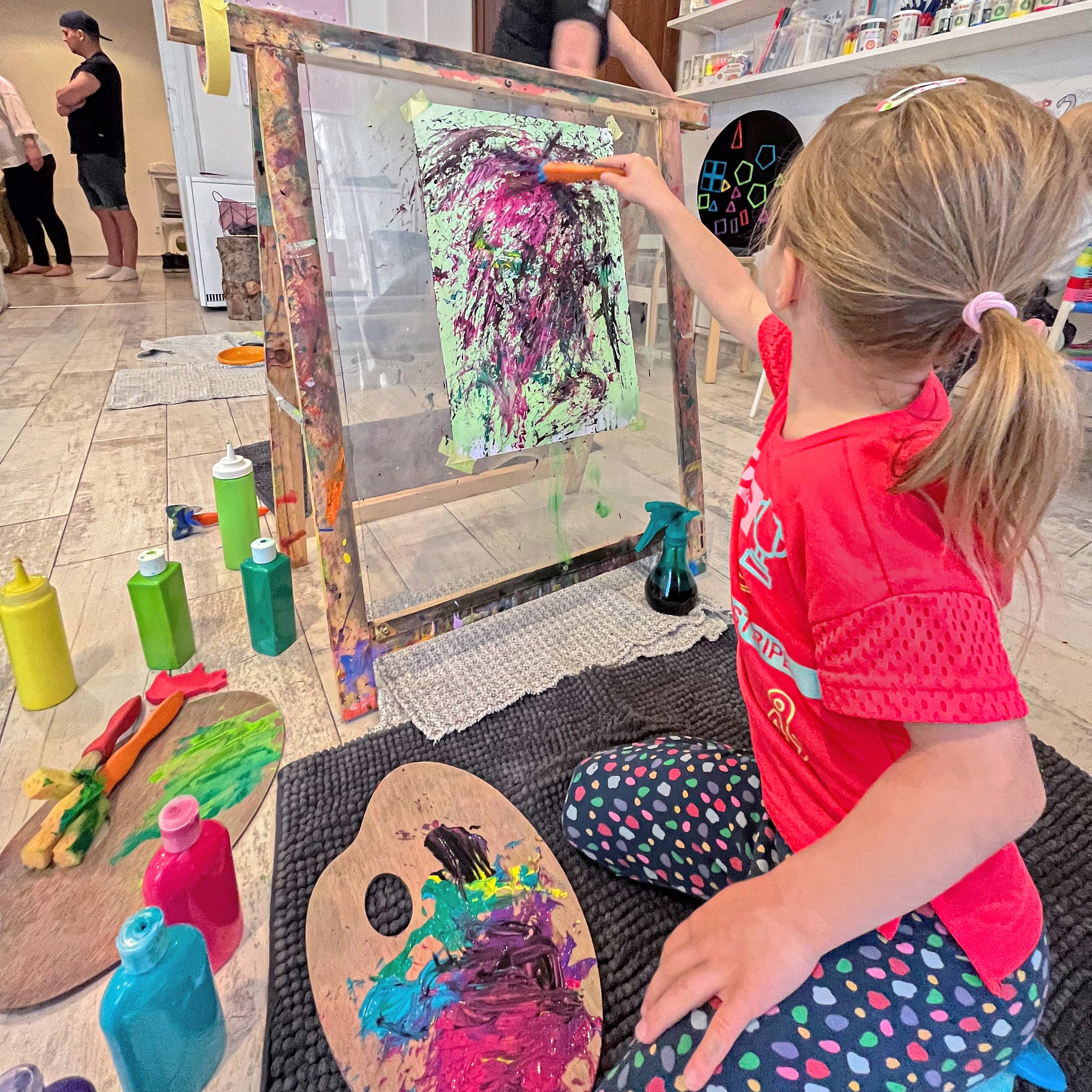
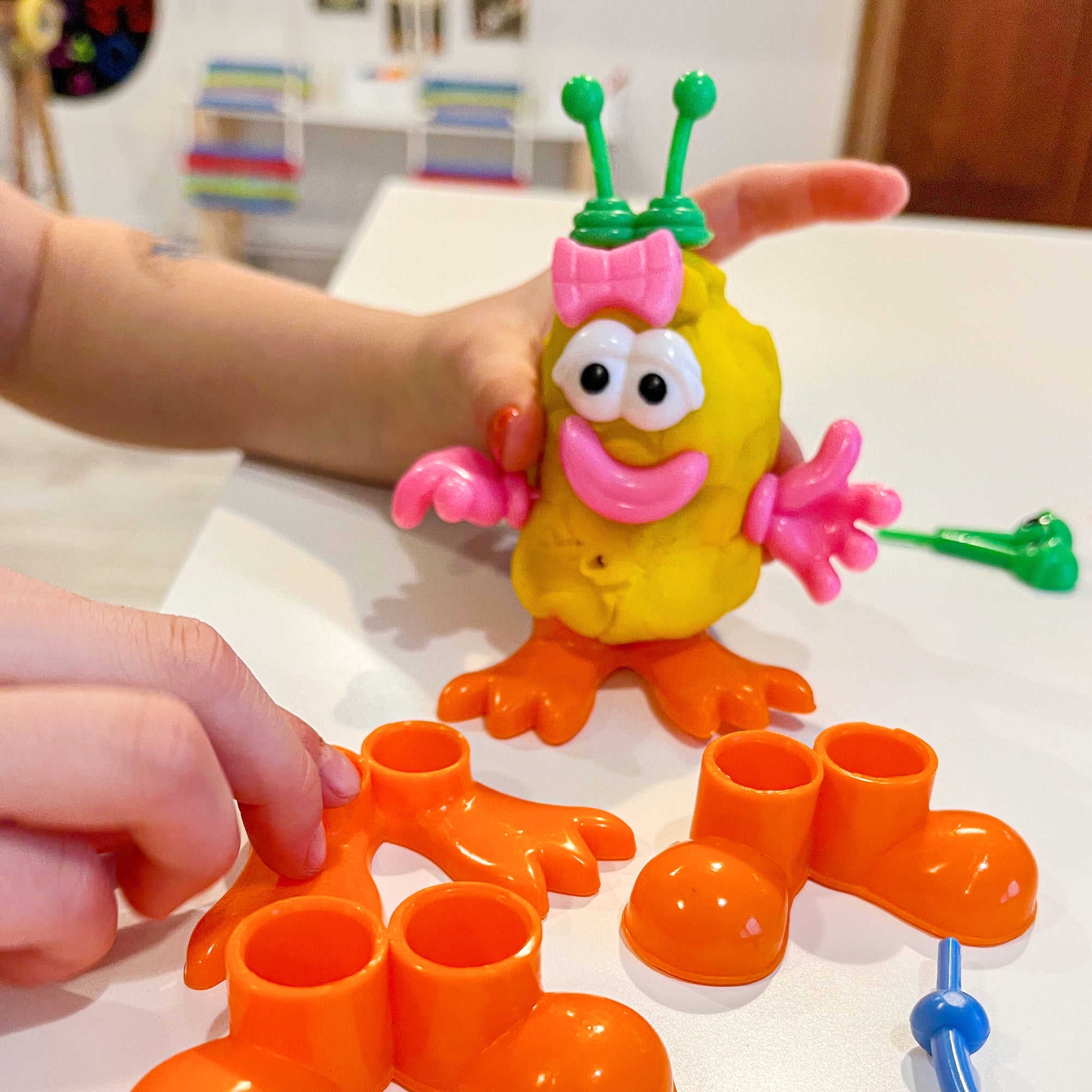
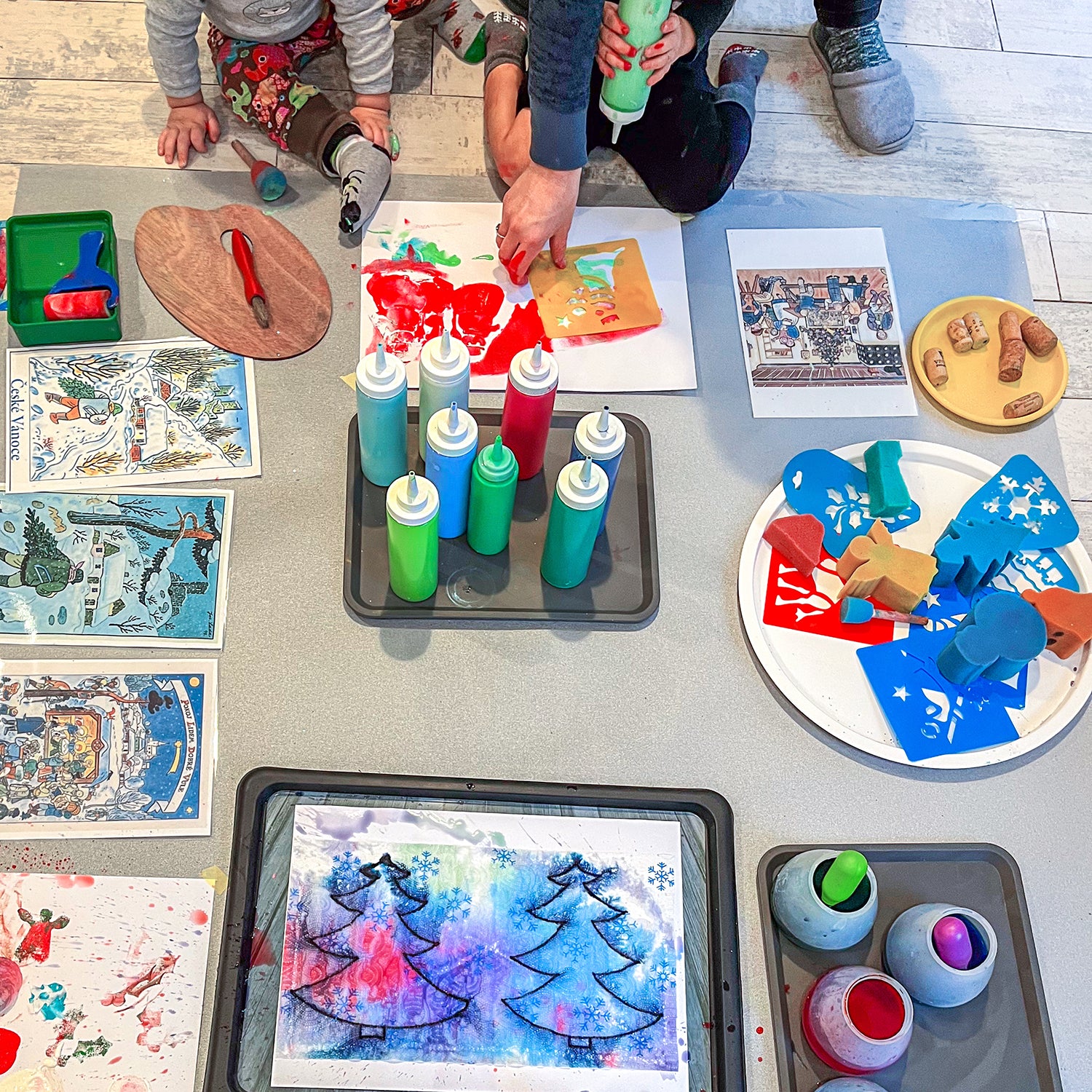
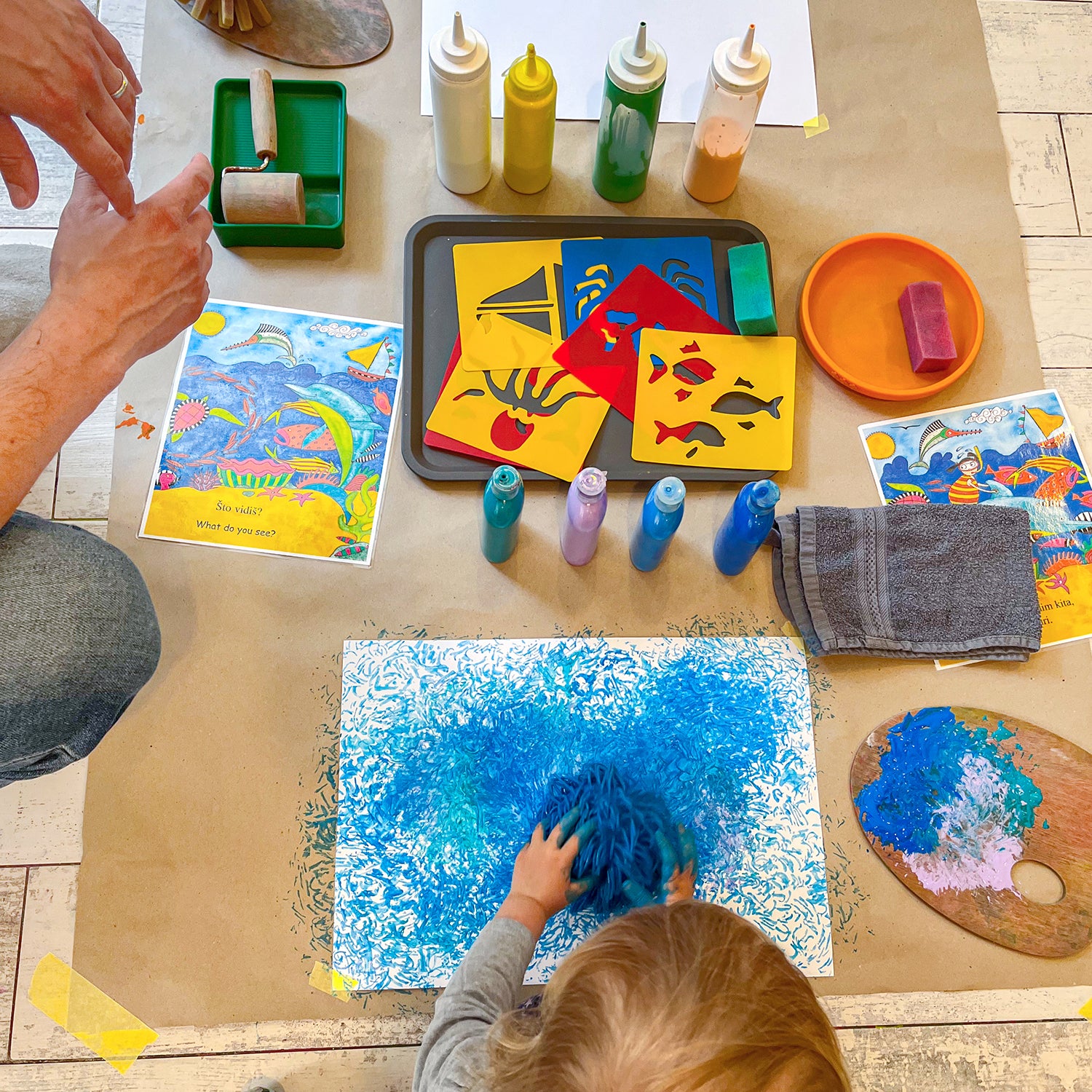
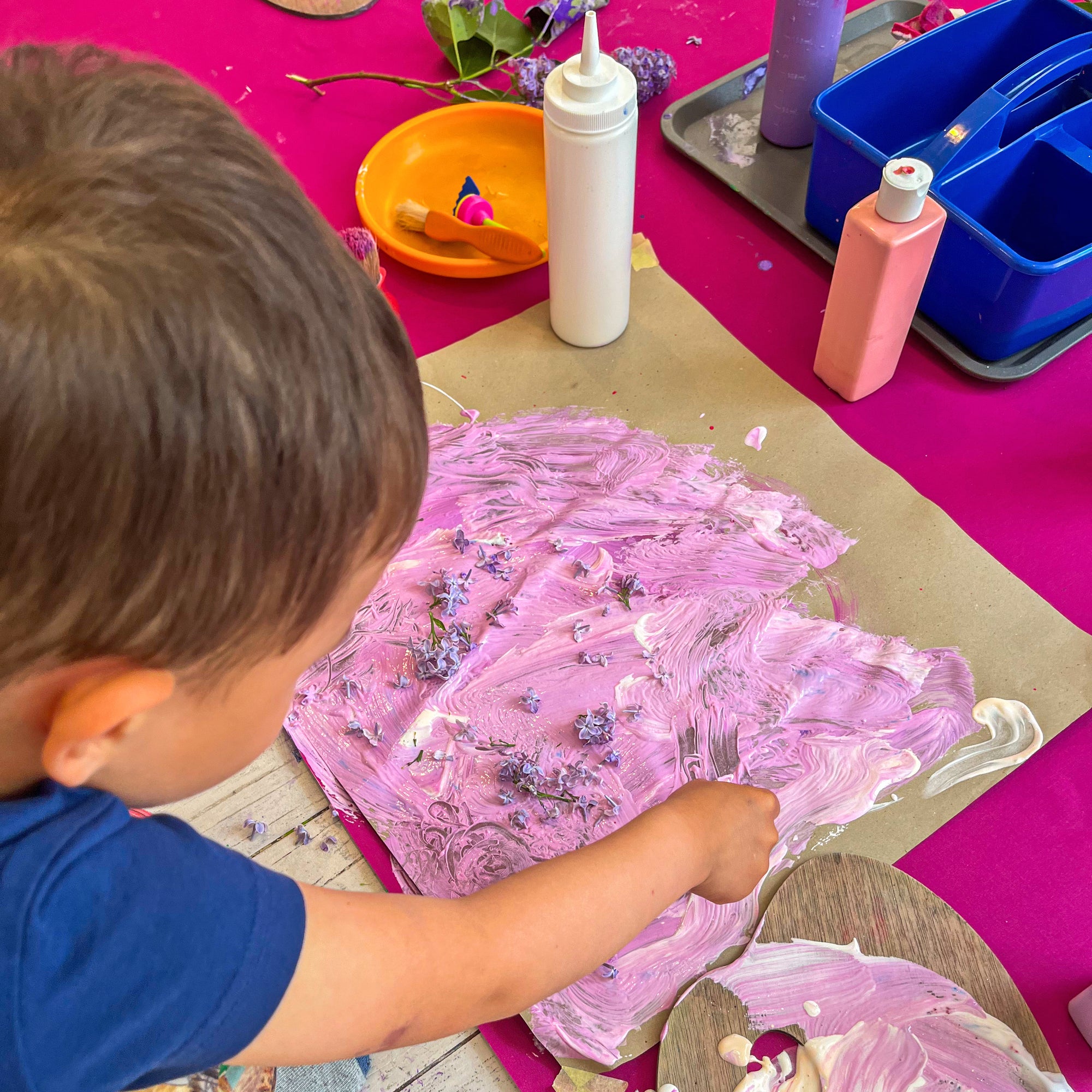
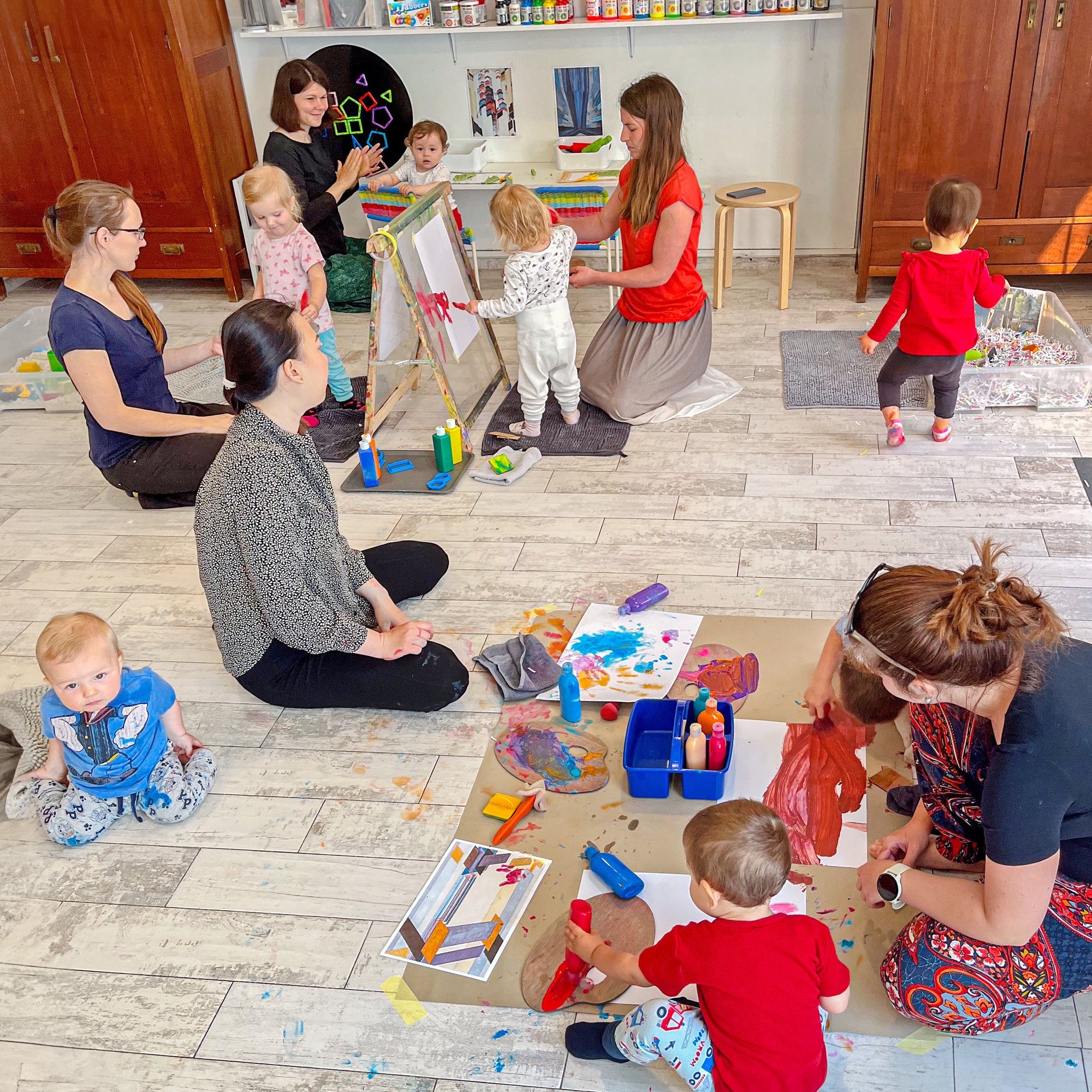
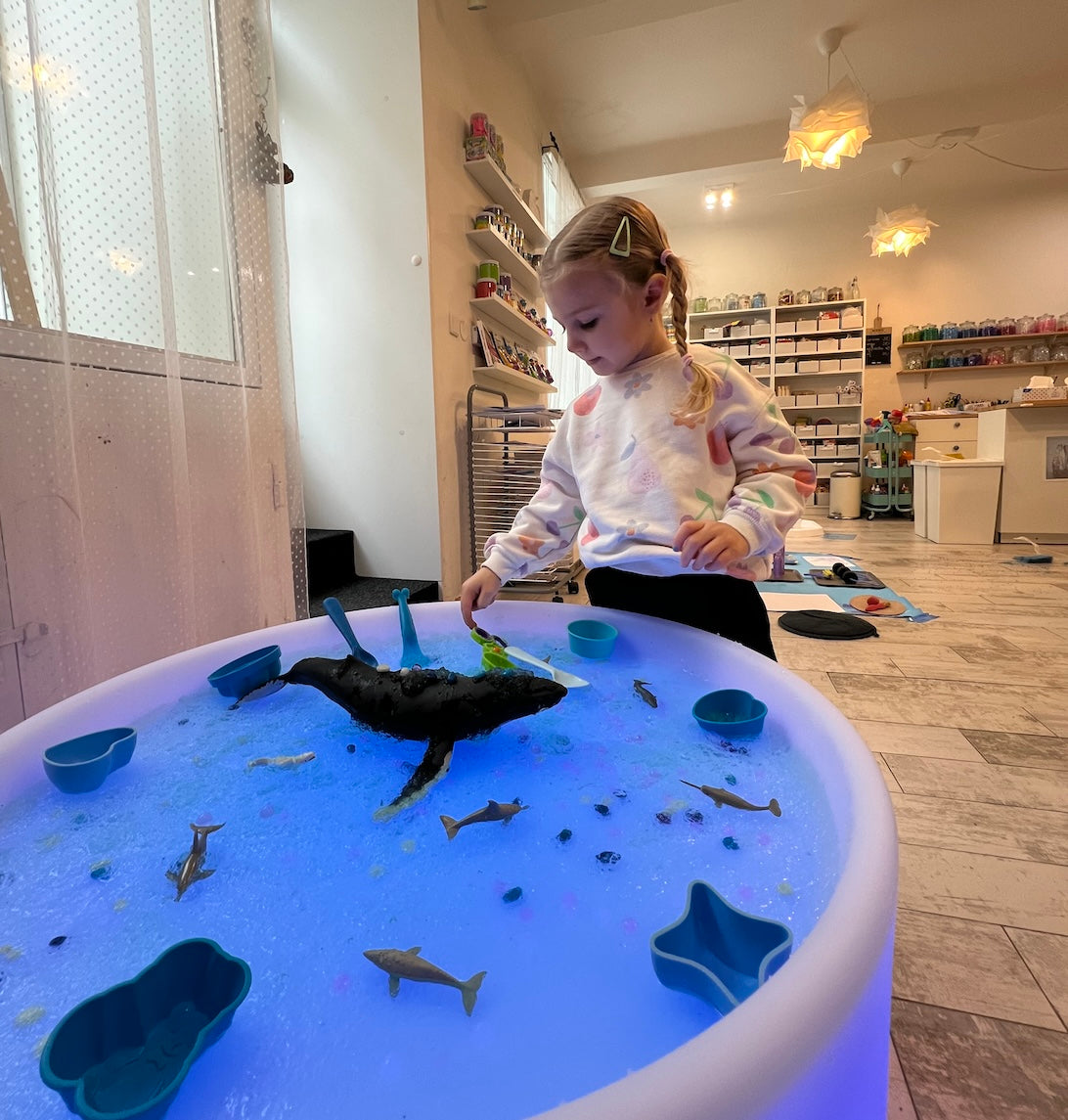
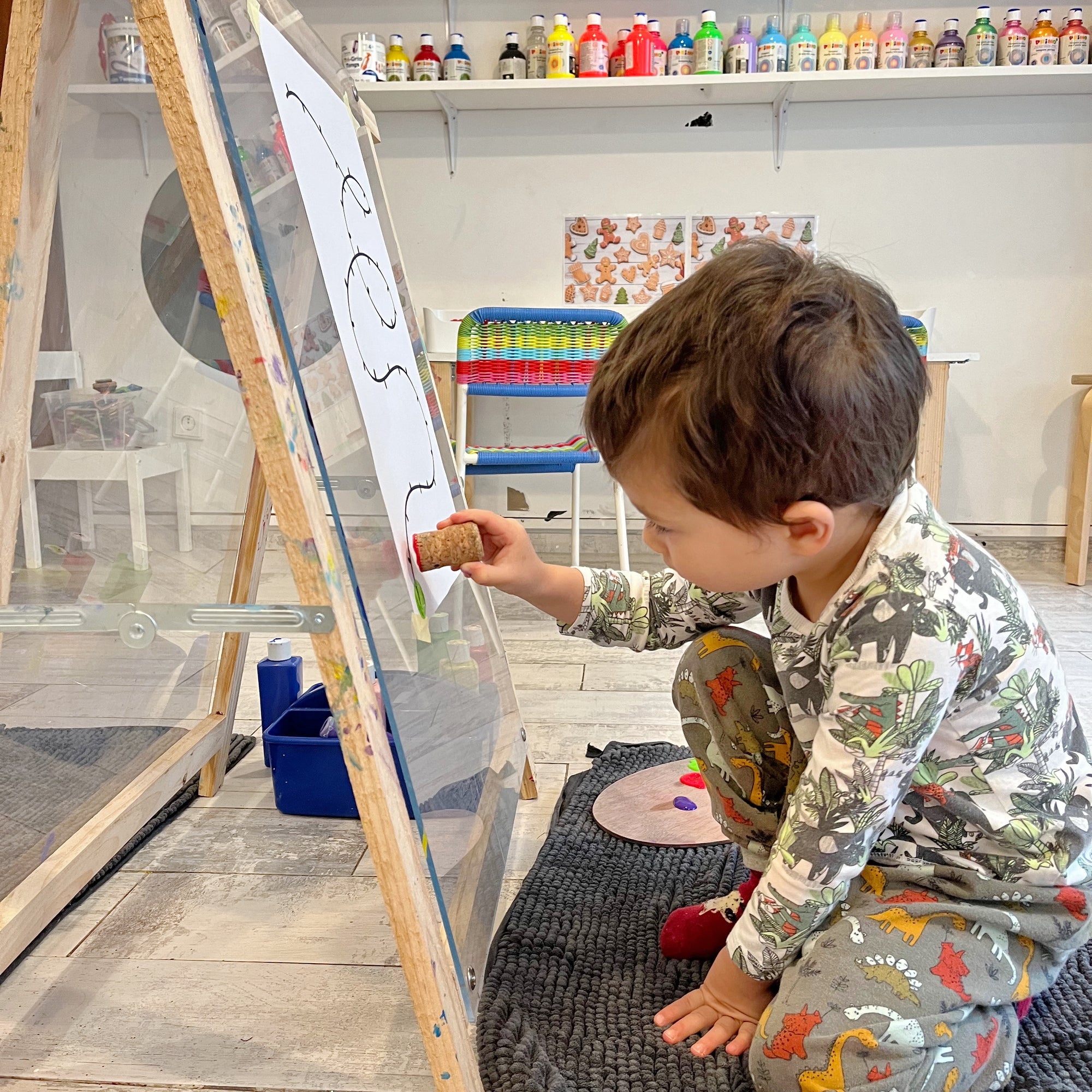
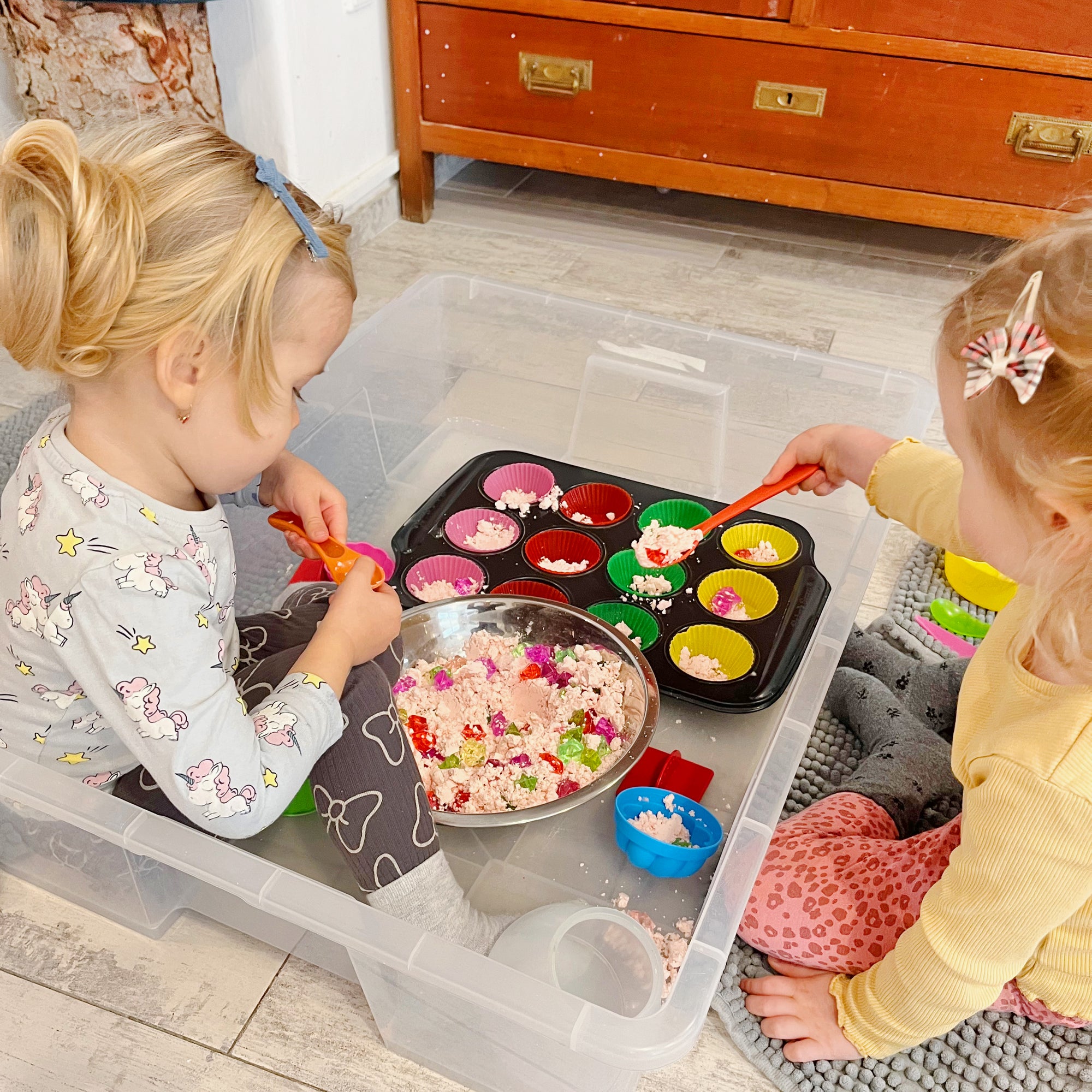
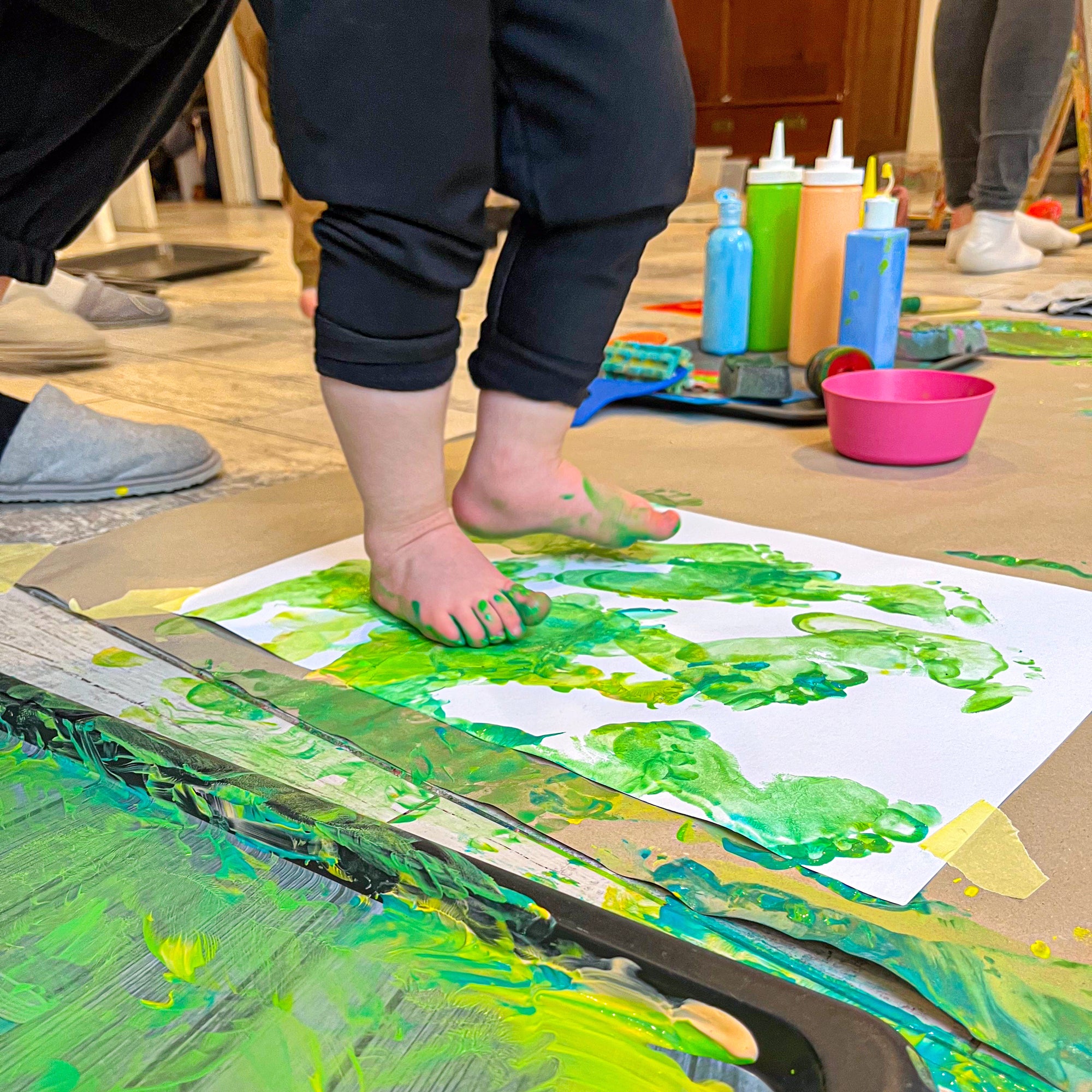
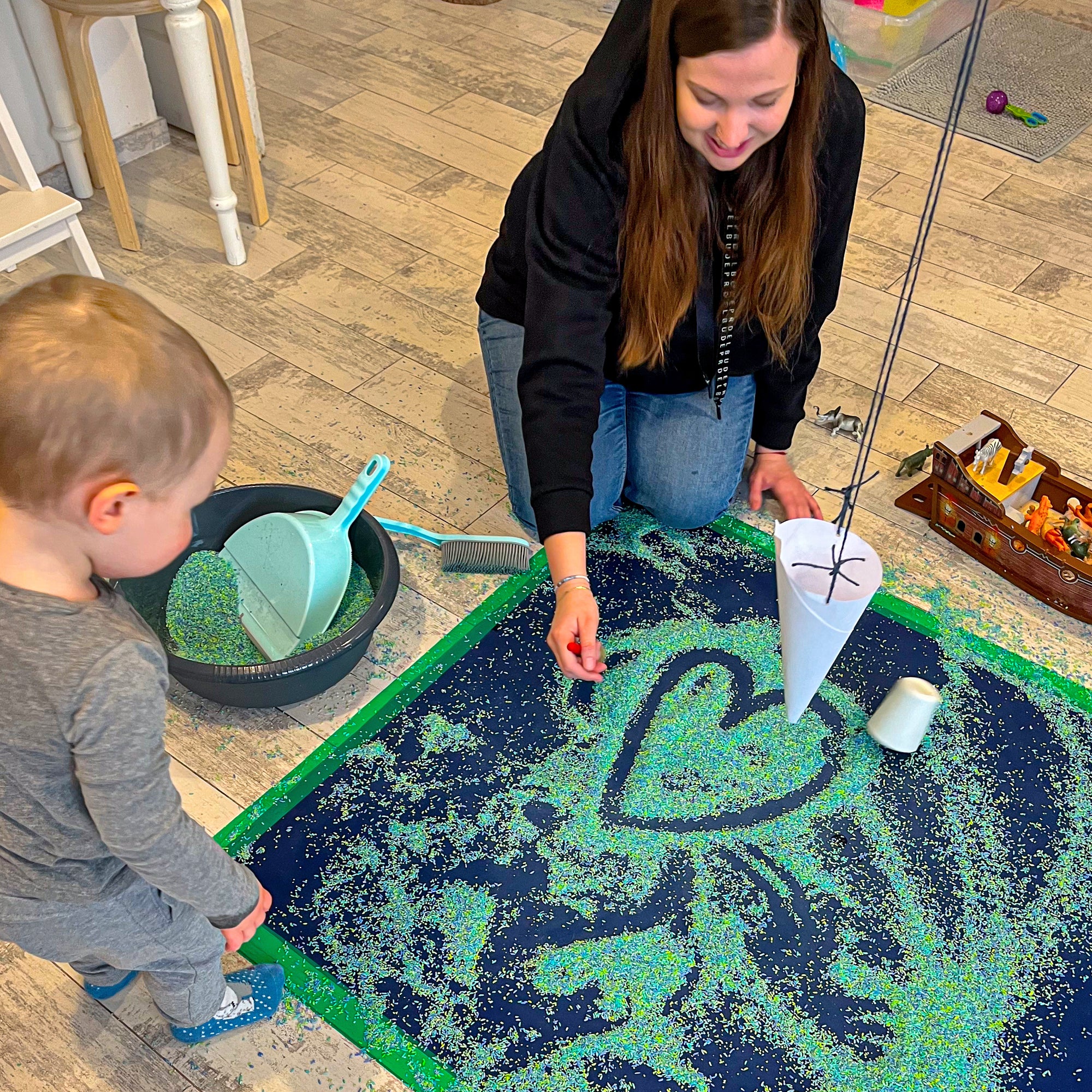
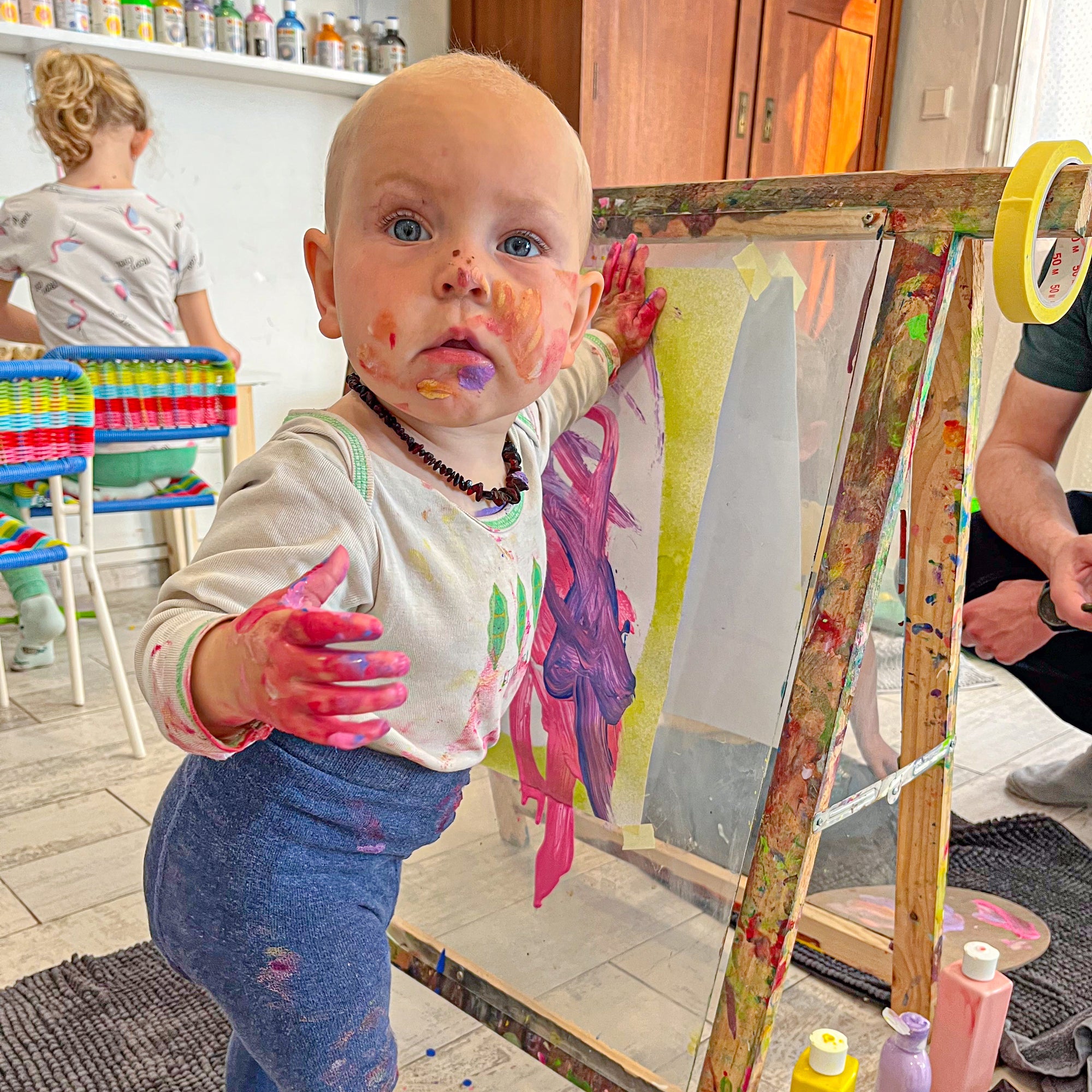
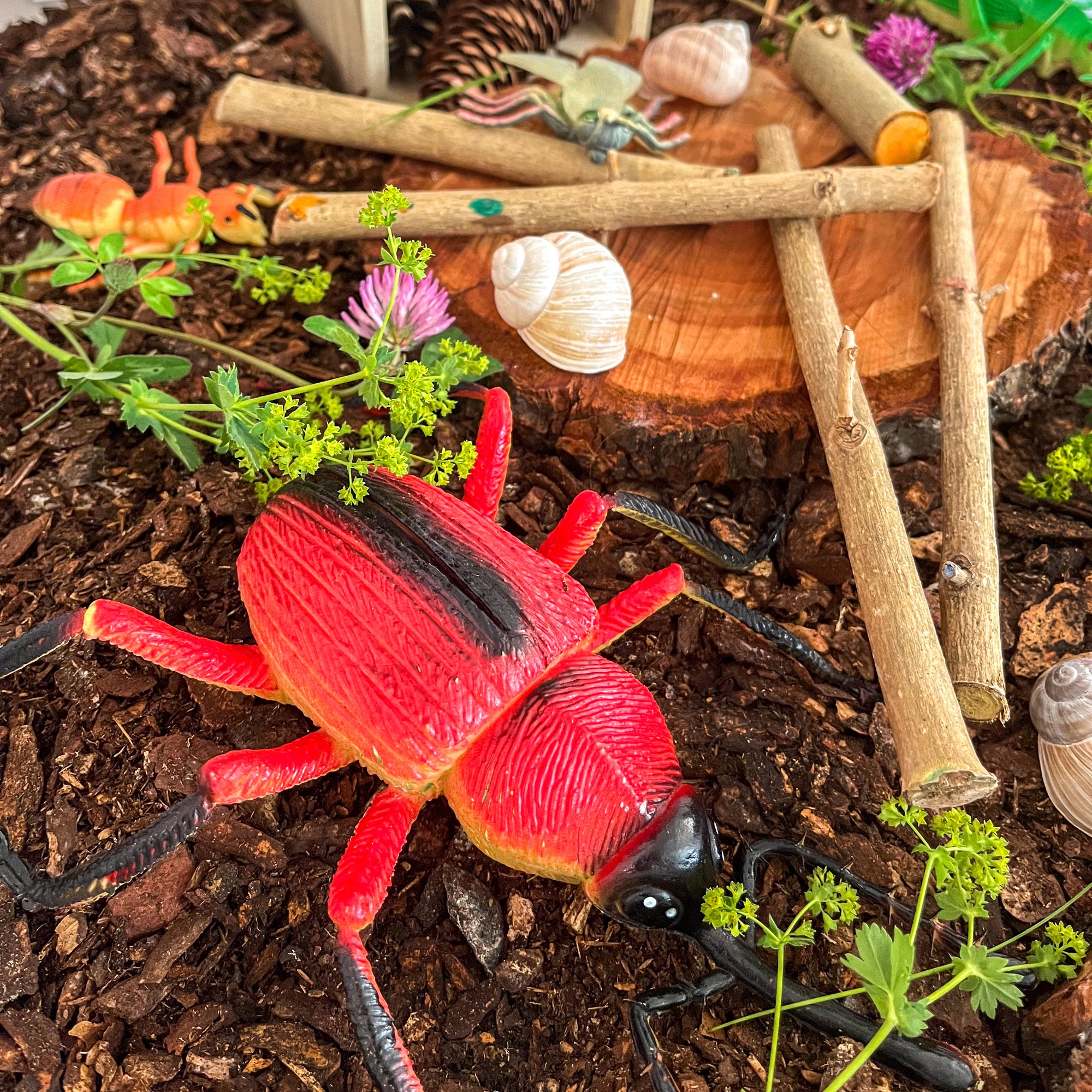

FUN PLAYING WITH DIFFERENT MATERIALS

NEW TOPICS EVERY WEEK
SUITABLE FOR CHILDREN FROM 0 TO 4 YEARS

FLEXIBLE RESERVATION (24 H BEFORE START)

WE WILL CLEAN UP FOR YOU

MATERIALS AND TOOLS INCLUDED

EXPERIENCED TEACHERS

LIMITED NUMBER OF PARTICIPANTS
The lesson lasts 75 minutes, of which 60 minutes are purely work and the following 15 minutes belong to a joint farewell. The lecturer accompanies the farewell verbally and with the help of bubbles from a bubble blower. For children, it is a beautiful signal and ritual of a common end. Children have 15 minutes to complete their activity, change and pick up their artwork from the previous lesson.
During these last 15 minutes, we lead the children to cleaning together, to symbolic washing of brushes, cleaning of sensory material, always with respect for their age and mood.
Min. is prepared for the lesson. 7 stations with prepared activities and children have the opportunity to change jobs according to their preferences and mood. With each week, we prepare different stations for children on a different topic. Artists can play with colors and different materials such as water, sand, stones, modeling clay, shaving foam, bubbles and much more. Children can paint and print with tempera, watercolor, food colors, draw with chalks, crayons (appropriate for their age), they will mix different types of materials and manipulate utensils as they like. These activities are an important part of children's healthy development and help develop imagination, individual senses, pre-math skills and speech.
The MessyPlay lesson is accompanied by an experienced lecturer who always explains everything to you and is the educational pillar of the lesson. It ensures a natural, considerate and creative flow of the lesson.
You and your child will need comfortable clothes for the lesson. It is a great convenience to come to the lesson right at work. We recommend dark (black) clothing that you won't be afraid of getting dirty. Tempera can be washed, but it depends on the material. After the lesson, wash the clothes immediately, the longer the fabric is stained with paint, the less likely it is to be washed.
Bring spare clothes for the child with you, as they might get a little wet here. Slippers or warm socks. We have emergency slippers for parents. You can also find water, coffee, tea or a quick snack for the child here.
We will let you into the lesson five minutes before the start, as we are leading the children to a common welcome ritual and work hygiene. Children tend to be very impatient, they want to get to the point quickly. Each station is tempting and they tend to try it out before they change clothes and move on. Over time, the children get used to the joint opening and everything happens in harmony and with respect.
You can safely park the strollers in the side entrance, in the passage to the house, which is locked. The same applies to your children's means of transport, when one rider meets, we manage to take the means of transport to the studio's dressing room. We will lend you the keys to the entrance before the start of the lesson.
The MessyPlay studio is easily accessible. The shortest route is from the Botanicka zahrada tram stop, then from the Moráň stop or Palackého náměstí. It is possible to walk from Karlova náměstí, where there is also a metro stop. All options are within a very pleasant walking distance. The route from Karlova náměstí is the longest, but it takes 10 minutes if you walk faster.
Parking is possible in Ladova Street or in adjacent streets "by the hour" according to the valid Prague tariff.
A parent's job is to be a non-critical observer, a safe haven and a guide for their child. We expect a non-disruptive approach from parents that is respectful of all artists. MessyPlay lessons belong only to you, you can stop by us, suck your own baby and just be.
Regular attendance at MessyPlay lessons positively affects children's adaptation to work and being in a children's team. During the first lessons, the child looks around, learns about the regime, space and working conditions. Depending on their age, children can be extremely flighty, with fleeting attention. But gradually they gain confidence and their play and discovery is more static and much deeper. At the lessons, they learn new art techniques and skills, which they can quickly apply with high quality. Their art works are more extensive with each lesson. Children have their preferences when creating and alternate them in different ways. Children are painters for half the year, experimenters for the other half. It is ideal to start attendance after the child's first year. With regular attendance, you will "harvest the fruits" and learn from your own child.
You simply book a lesson in our booking system, where you can choose a sample lesson (if you are going for the first time) or a one-time entry.
You can cancel the lesson or move it to another date 24 hours before it starts. You perform this action yourself in the reservation system. If an unexpected event occurs and you do not manage to excuse yourself from the lesson in time, it is possible to send a replacement for yourself so that the lesson does not fail. Please inform us about this fact.
Staining from colors and experimenting with colors belong to the most basic philosophy of our studio. We guide children to try what colors can do, which colors cover which, what happens when colors are mixed and what they can be used for. Children naturally explore color spectrums and like to pour and mix colors in different ways. It is important in this learning process to let the children flow and not stress them and themselves with possible smearing. That's why we appeal to work clothes. There are children who paint with their hands and then there are children who fundamentally guard their cleanliness. Everything is alright.
Flow is a stream or flow of a mental state of full concentration, during which the child is fully immersed in a certain activity. It is the state when nothing else exists and the child is completely immersed in the present moment and draws the absolute maximum from creation and discovery. Flow is a healthy and most rewarding element in self-education. Flow is a natural phenomenon, just like the flow of a river.
The priority of our lessons is playing with colors, learning a modest way of working, consideration for others, the art of cooperation, creativity training. The main element of our lessons is playing and working with colors. We teach children to work in a designated place, we teach them the process of painting. Everything has a beginning and an end. At art stations, we teach children not to transfer colors where they don't belong. We try to instill in children the basics of sustainability, not wasting colors, and in general we lead them to work modestly. We continue to support children's cooperation, cooperation and consideration for others. There are places for everyone. We develop creativity in children and support it in them.